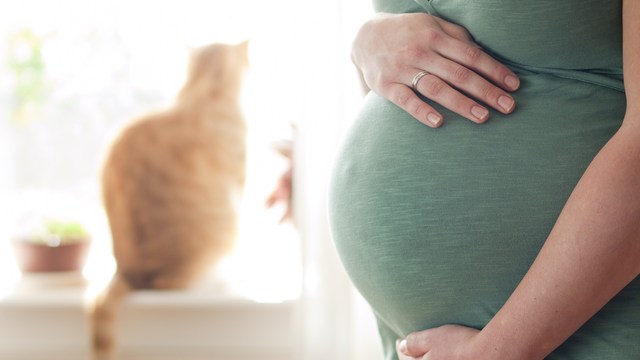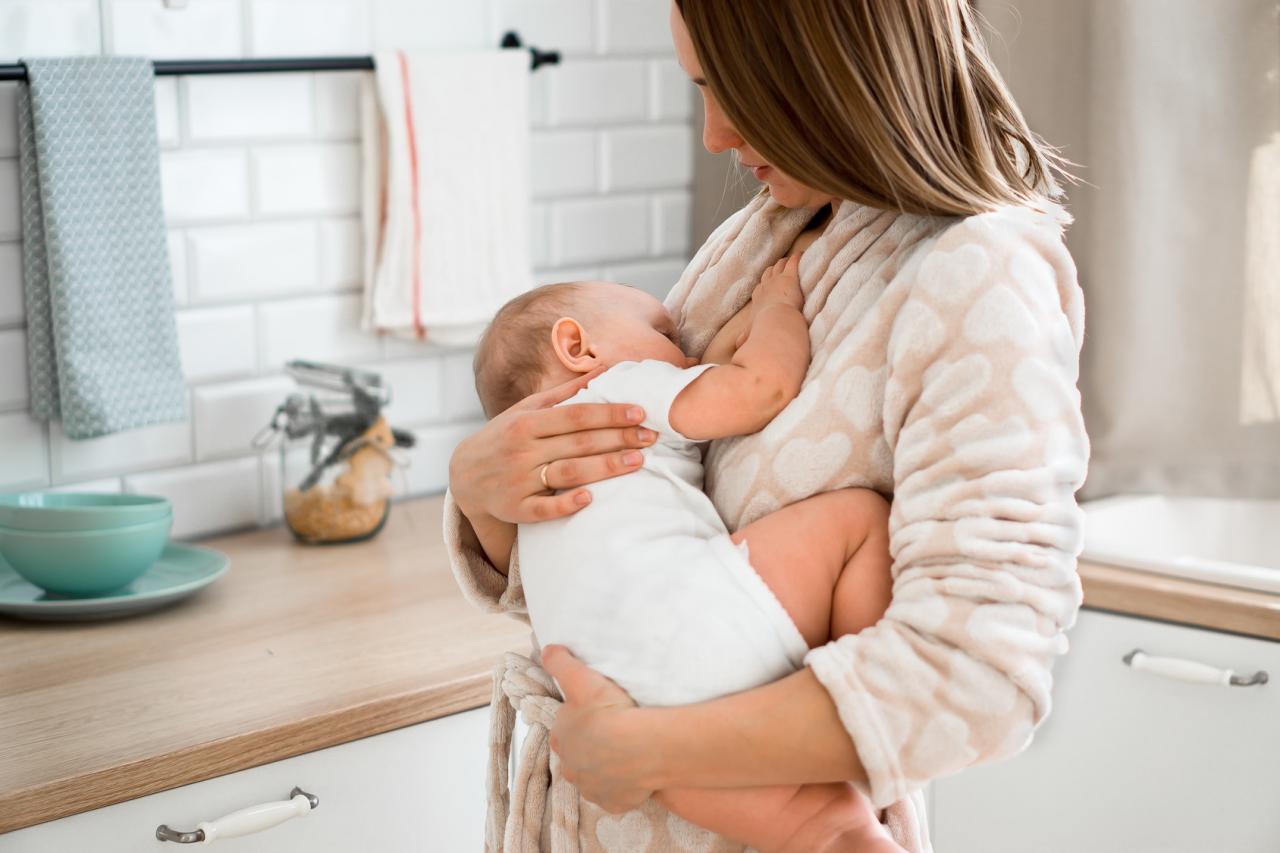 Photo: Getty Images
Photo: Getty Images
Recently, I interviewed Hope Bourne, a 911 dispatcher from Seattle. Over the past six years, Hope helped many pregnant women in the emergency throes of labor. She coached them over the phone while the ambulance crews were on the way. And usually, things turned out just fine.
So when Hope found out she was pregnant (and the pregnancy was planned), she had every reason to expect it would go smoothly. She planned for a home birth with the help of a midwife. But at 20 weeks, the news at her checkup was terrifying. On the ultrasound, a doctor spotted the growth of abnormal lung tissue. It could affect the baby’s breathing and even Hope’s health during pregnancy. The safety of both the baby and the mom became paramount. More detailed tests and very close monitoring followed, and the plan for a home birth went out the window.
Fortunately, OB-GYNs like Hope’s, Dr. Edith Cheng at the University of Washington, recognize that it is important to preserve as much normalcy as possible during the pregnancy. Rather than add to the stress, you need to try to diffuse some of it. For Hope, that meant proceeding with a baby shower and training for breast-feeding. Yes, in baby Roan’s case, it was unknown if he would be hospitalized for a long time, or if emergency procedures would be needed. While there were resources arrayed for that, Dr. Cheng and Hope also had a plan for mom to hold her baby right away.
Things took a turn for the worse around 39 weeks. The unwanted tissue around the lung was growing. A medical team of almost 20 was assembled, and the delivery was induced. Luckily, things turned out well. Roan was delivered vaginally, and he weighted over eight pounds! He was even breathing well on his own! Hope got to be with him right away. It certainly was not a home delivery, but there was a real effort to keep it special, even when dealing with a birth defect.
Roan needed lung surgery at four months. He’s recovering now and doing well. The expectation is he’ll play sports like most little boys, and the small scars on his chest will hardly be visible. Hope says she is eternally grateful for the medical team, not just for saving Roan and protecting her, but for working every step of the way to respect the personal significance of her pregnancy and delivery, and for preserving as much “normal” as possible.
This is what a woman facing a high-risk pregnancy should expect today: not just advanced technology, but also old-fashioned caring and compassion.
You can find my interview with Hope and her doctor on Patient Power at
http://www.patientpower.info/program/monitoring-high-risk-pregnancy
About the author:
Andrew Schorr is a medical journalist, cancer survivor and founder of Patient Power, a one-of-a-kind company dedicated to bringing in-depth information to patients with cancer and chronic illness. Audio and video programs, as well as transcripts, help patients make informed decisions to support their health in partnership with their medical team. Patient Power is at www.PatientPower.info and on Facebook. Schorr is also the author of “The Web Savvy Patient: An Insider's Guide to Navigating the Internet When Facing Medical Crisis." http://www.websavvypatient.com/
Edited by Kate Kunkel




Add a CommentComments
There are no comments yet. Be the first one and get the conversation started!